Meet Kakapo: The Flightless Parrot With a Heartbreaking Backstory
Meet the kakapo—a chunky, moss-green parrot that looks like it waddled out of a fantasy novel and forgot how to fly. This New Zealand native carries one of the bird world’s most tragic and oddly inspiring backstories. This article lists facts and moments that’ll have you cheering for this feathered underdog.
Star of the Small Screen

Credit: Youtube
One kakapo unintentionally went viral when it got a little too friendly with a BBC cameraman’s head. The clip had millions laughing but also raised awareness for a species most had never heard of. That bird, Sirocco, became a celebrity conservation ambassador with his Facebook page and government title.
World’s Only Flightless Parrot

Credit: Facebook
Only one of roughly 400 parrot species can’t fly—the kakapo. It’s not due to injury or laziness. These birds evolved on predator-free islands and never needed wings for escape. So, instead, they walk, climb, and occasionally glide like leafy chickens. Their wings are still there, just… decorative. Evolution had other plans.
Heaviest Parrot on the Planet
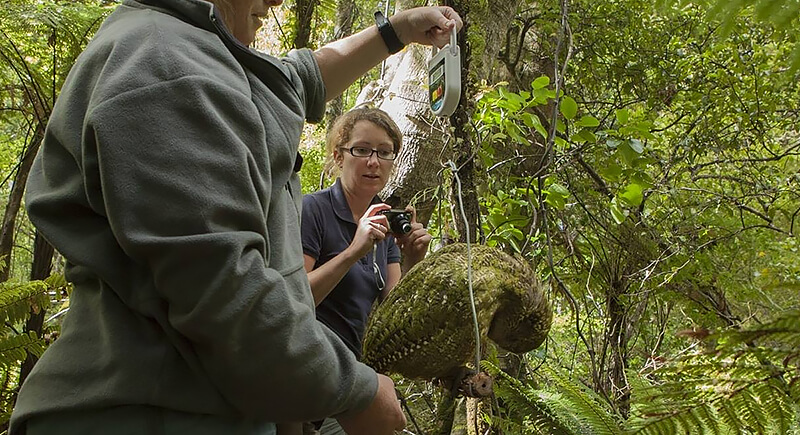
Credit: Facebook
The kakapo is the world’s heaviest parrot, with males tipping the scales at up to 4 kilograms. Since they don’t need to fly, there’s no pressure to stay light. Instead, they’ve evolved stocky bodies and strong legs built for hiking and climbing. Their size even earned them the nickname “mighty moss chicken” among conservationists.
Nature’s Green Camouflage
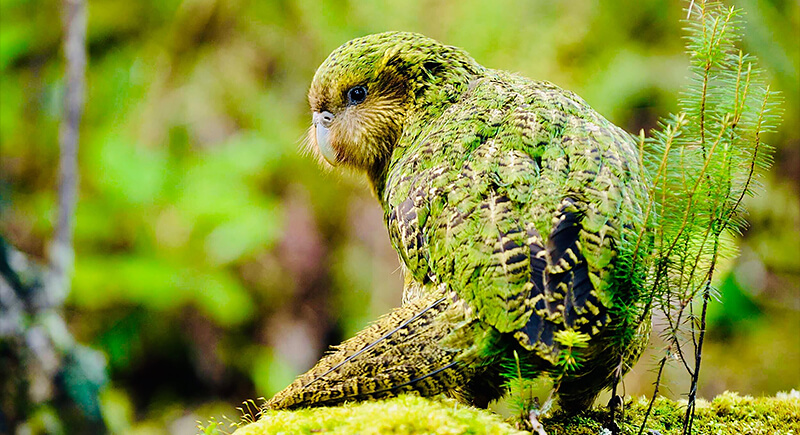
Credit: Reddit
The kakapo is basically a walking patch of forest. Its feathers are mottled green, brown, and yellow—perfect for blending into mossy ground and underbrush. This natural camouflage worked great for thousands of years, back when its only predators had wings.
Champion Tree-Climber
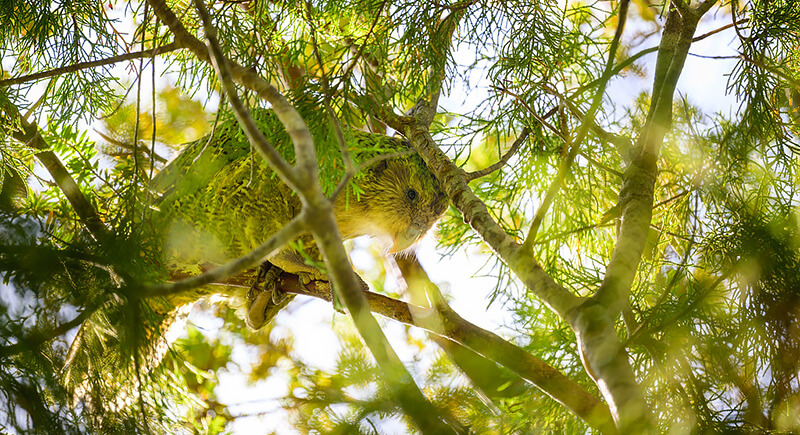
Credit: flickr
The kakapo might be grounded, but it’s no slouch for climbing. They use their strong legs, claws, and beaks to scale tree trunks like slow-motion mountaineers. Once at the top, they sometimes glide down clumsily using their stubby wings. This ability helps them reach food high in the canopy.
Mysterious Night Owl
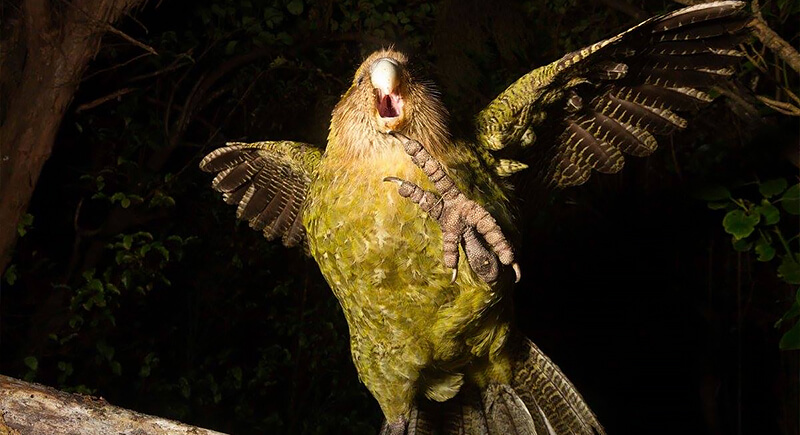
Credit: Facebook
Kakapos are nocturnal birds who spend their days snoozing in shady forest hideouts and become active only after sunset. That’s when the foraging, wandering, and low-frequency “booming” begins. It’s part of what makes them so hard to spot in the wild—unless you’re out at midnight with patience and a tracking device.
Smells Like… Kakapo
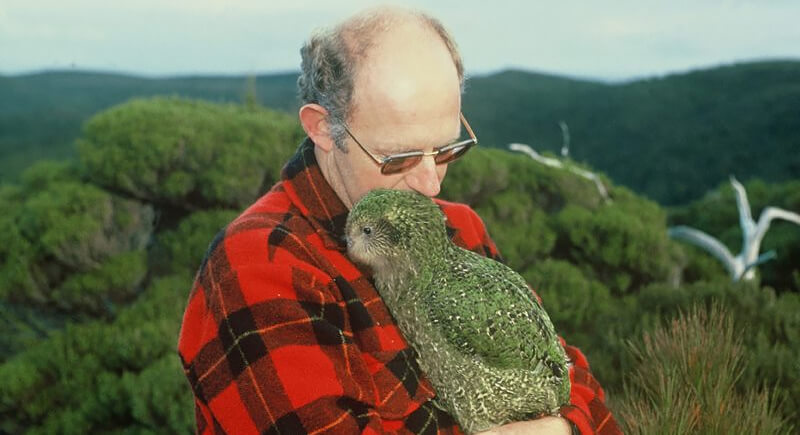
Credit: Facebook
The kakapo’s signature scent is sweet, musky, and earthy. It’s strong enough that researchers often smell one before they see it. This scent is handy for finding each other in thick bushes, but it’s not so great when predators like cats and ferrets are around. That natural cologne has been a mixed blessing.
Plant-Based Diet
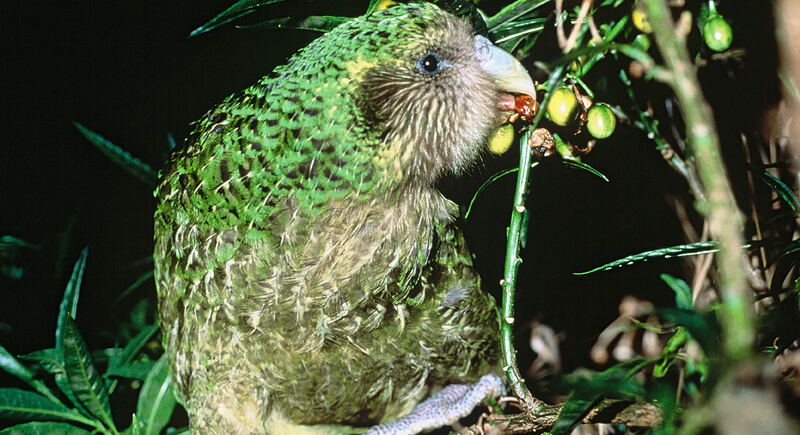
Credit: Wikipedia
The kakapo is proudly herbivorous. They graze like forest cows, nibbling on native New Zealand plants, bark, seeds, and especially rimu fruit. This fruit plays a major role in their breeding cycle; if the trees don’t produce much, the birds might skip mating altogether. Their beaks are also perfectly adapted to crush fibrous leaves.
Homebodies by Nature
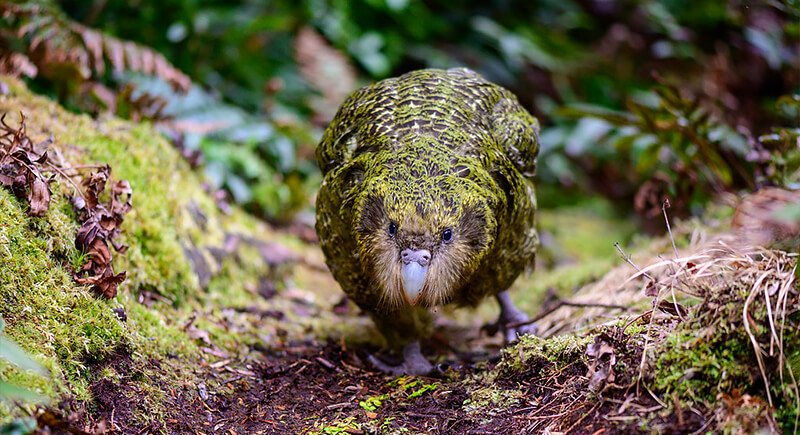
Credit: flickr
Outside the breeding season, kakapos wander solo across wide forest ranges and rarely cross paths with other birds. Each has a personal territory, which they defend—not with fights, but by simply keeping their distance. This solitary lifestyle makes them tricky to monitor, so conservationists use radio transmitters to track their movements.
Their Face Is Owl-Like for a Reason
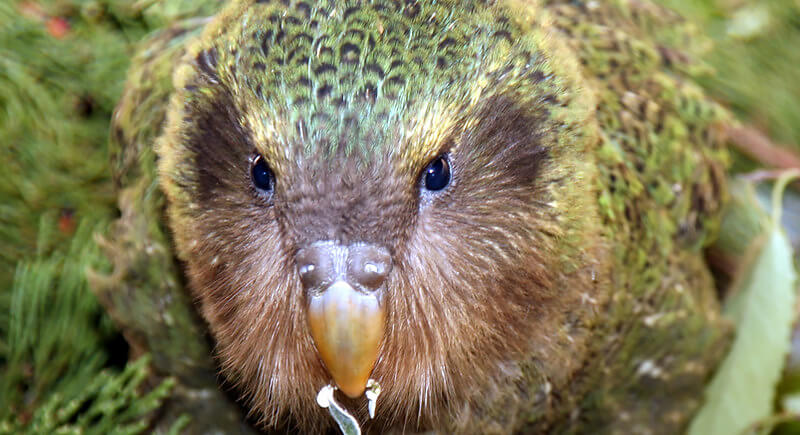
Credit: flickr
That round, fluffy face is not just cute, but it actually helps kakapos hear better. Those soft facial feathers form a disk that funnels sound toward its ears, much like an owl’s. This allows them to navigate the dark, quiet forests of New Zealand without bumping into things or missing a snack.
The “Freeze” Response
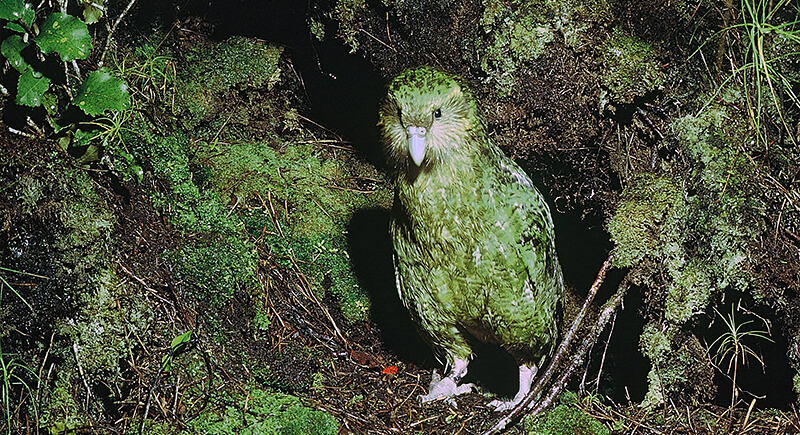
Credit: Facebook
When startled, the kakapo doesn’t run, flap, or scream—it freezes. This ancient survival trick works perfectly against natural predators like eagles. However, it makes them easy targets for stoats and rats. It’s one of the quirks that makes this bird both fascinating and heartbreakingly vulnerable.
Sloth-Level Metabolism
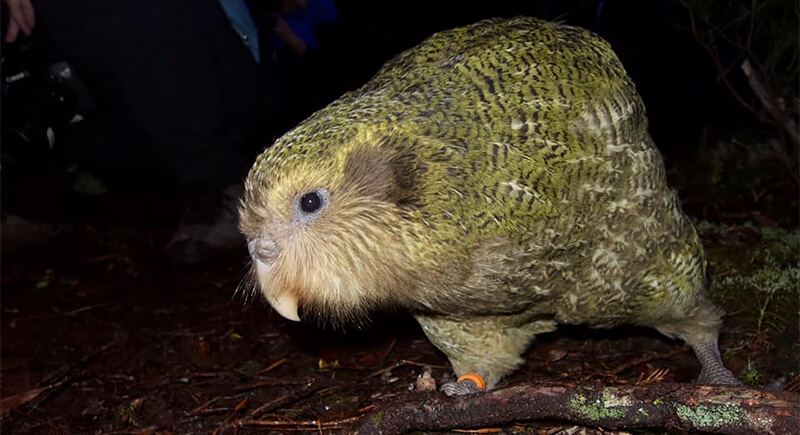
Credit: Facebook
The kakapo lives life in slow motion, and that includes its metabolism. These birds burn energy at a super low rate, meaning they don’t need to eat much and can go about their day unhurriedly. This slow-burn lifestyle likely helps them live longer, with some reaching 90 years or more.
Single Moms, Every Time
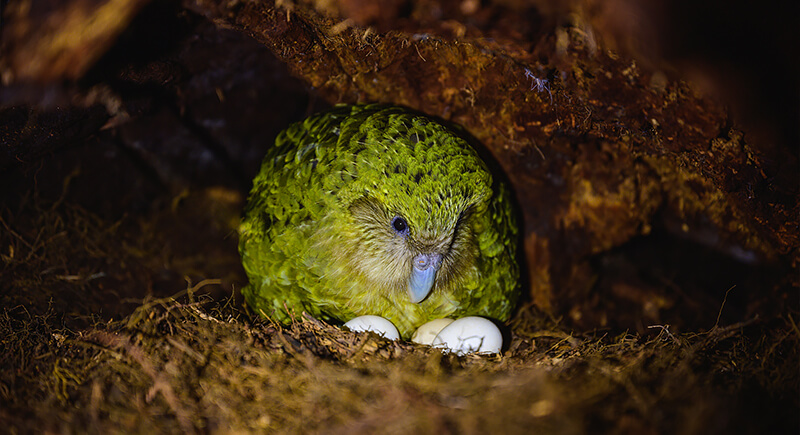
Credit: Facebook
When it comes to parenting, kakapo moms do it all. Males play zero part in raising chicks. After mating, they vanish back into the forest like feathered bachelors. Females build the nest, incubate the eggs, and feed the chicks solo. It’s a tough job, especially with long gaps between breeding seasons.
So Rare, They All Have Names
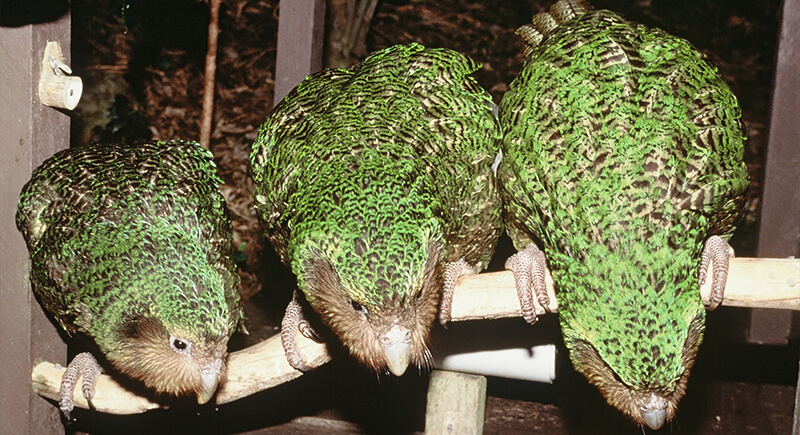
Credit: Facebook
Kākāpōs are so rare that each gets a name—and a detailed profile. With just around 250 alive, almost every bird is individually monitored. There’s Hoki, who once lived in a rehab center; Sirocco, the viral sensation; and Nora, one of the earliest known breeding females.
A Bird That Gives Hope
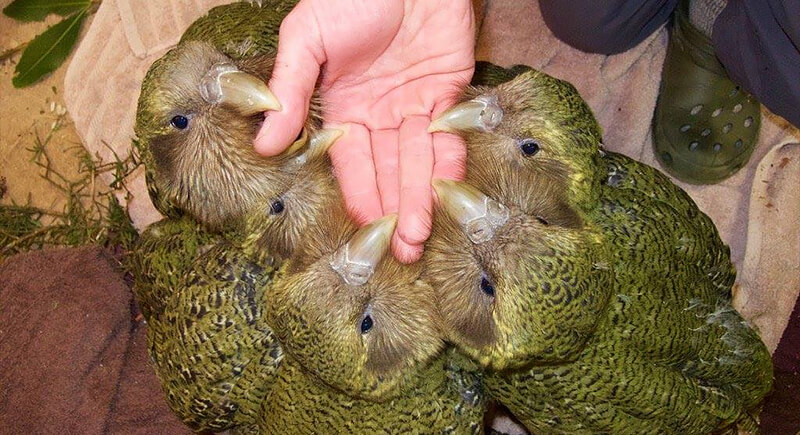
Credit: Facebook
Not long ago, the kakapo was on the brink, and breeding was barely happening. Decades of determined conservation, clever science, and patience turned things around. Today, the population is slowly climbing, with over 250 birds and counting. They prove that even the rarest bird can make a comeback—with the right help.